Maritime security threats are evolving rapidly, and maintaining vigilant surveillance over vast ocean territories is becoming an increasing challenge for defence forces. From illegal fishing and human trafficking to piracy and territorial disputes, the need for scalable and persistent surveillance has never been more critical.
However, the size and scope of maritime domains, paired with resource constraints, often limit human-led operations. Autonomous systems, such as Greenroom Robotics’ GAMA, provide cost-effective, persistent maritime surveillance, reducing the burden on human resources.

Challenges in Maritime Surveillance
Vastness of Maritime Domains
The scale of maritime areas that need to be monitored for security threats is immense. Defence forces must keep constant watch over coastal borders, Exclusive Economic Zones (EEZs), and critical chokepoints. Traditional surveillance methods, reliant on human operators and crewed vessels, often struggle to cover such vast distances without facing significant challenges, including operator fatigue, limited resources, and monitoring gaps.
Emerging Threats
The waters defence forces protect are full of risks ranging from illegal fishing and smuggling to piracy and territorial disputes. These challenges demand constant, agile, and highly accurate surveillance, especially in contested waters where geopolitical tensions can flare. In this environment, there is a growing need for an autonomous system that can operate reliably without relying solely on human-led monitoring.
GAMA’s Role in Enhancing Autonomous Maritime Surveillance
Autonomous Intelligence Gathering
At the core of GAMA’s strength is its ability to autonomously position platforms for intelligence gathering. Using sensor data like radar and AIS, GAMA can autonomously detect, classify, and track surface targets in real time. Lookout+ extends this capability by integrating visual inputs from camera systems, broadening the scope of detection while delivering precise range and bearing information in complex environments

GAMA and Lookout+ are also designed to work with existing cameras and sensors on board, including infrared (IR) for night-time surveillance, further enhancing their utility across various lighting and environmental conditions. Together, GAMA and Lookout+ enable platforms to autonomously gather intelligence, ensuring that all potential threats are detected, tracked, and classified with minimal reliance on human resources.
Persistent Surveillance Capabilities
GAMA enables 24/7 surveillance through its fully autonomous operational capabilities, removing the need for human crews on board. This allows vessels to be deployed into high-risk areas that may be too dangerous for crewed operations, such as conflict zones or regions with extreme weather conditions. Without the need to accommodate human limitations like sleep, food, or fatigue, GAMA-equipped vessels can operate continuously for extended missions—days, weeks, or even months at a time.
Autonomous vessels are not constrained by shifts, crew rotation, or the need to return to port for resupply. As a result, they can provide uninterrupted surveillance and maintain a constant presence in critical areas, ensuring that no gaps in coverage occur. This not only dramatically reduces the operational burden on defence personnel but also increases the effectiveness of monitoring and threat detection in challenging environments where human-operated vessels would need to pause or withdraw.
Scalability for Large-Scale Defence Operations
GAMA's strength lies in its ability to enable fleet-wide autonomy, allowing multiple autonomous vessels to operate together as a cohesive unit. The ability to communicate, share data, and act as a unified surveillance network enables GAMA-equipped vessels to provide unmatched coverage across vast territories. This networked approach multiplies the force projection of defence operations, where a single vessel may be insufficient to address the scope of potential threats.
By distributing autonomous vessels throughout a maritime domain, defence forces achieve force multiplication—where the coordinated actions of many autonomous units offer capabilities far beyond what crewed vessels alone could provide. This not only increases operational efficiency but also allows for rapid, asymmetrical responses to threats, significantly enhancing the effectiveness of maritime security operations.
Integration with Existing Defence Systems
One of GAMA’s key advantages is its hardware-agnostic design, which sets it apart from other solutions. Unlike systems that require the purchase of entirely new autonomous vessels, GAMA and Lookout+ can be integrated into existing fleets, enabling defence forces to upgrade their current vessels without the significant costs and delays of acquiring new ships. This flexibility allows defence organisations to deploy autonomy solutions quickly and cost-effectively, enhancing operational readiness without overhauling their fleet.

The Autonomous Future of Maritime Surveillance
In an era where maritime security is increasingly complex, the future of defence lies in harnessing technology that amplifies human capability while reducing operational strain. Autonomous systems are not just a response to the growing scope of challenges—they represent a pivotal shift in how defence forces will secure vast, high-risk areas in the years to come. The ability to seamlessly integrate advanced intelligence-gathering tools, such as GAMA and Lookout+, into existing infrastructure offers a path forward that is both scalable and sustainable, ensuring that defence operations remain agile and effective in a rapidly changing environment.
Gain an asymmetric advantage in the maritime domain—leverage advanced autonomy to stay ahead of evolving threats. Speak with our experts and start transforming your fleet today!


